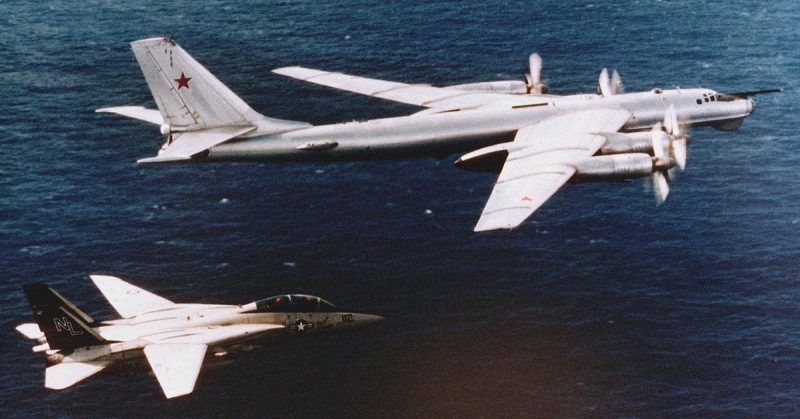A deadly flash racing across the sky, the fighter plane is one of the most exciting tools of modern warfare. How did we get to these amazing machines?
WWI
Fighter planes were created in WWI. From the start of the war, pilots of scout planes carried pistols, rifles, and other weapons to attack each other. Quickly, both sides of the war began mounting guns on planes, trying to gain an advantage.
In mid-1915, the technology fell into place for fighter combat. Anthony Fokker’s interrupter gear enabled guns to be mounted directly in front of the pilot without shooting off the propeller. Pilots could target their weapons while flying their planes.
Aerial combat was in a state of constant change during the four years of the war. The pilots were bold innovators who invented an entirely new form of warfare, including its culture, tactics, formations, and many technical changes. Most were in their twenties.
The casualty rates were high and many of the greatest flyers of the era, including the famous Red Baron Manfred von Richthofen, were killed in combat.
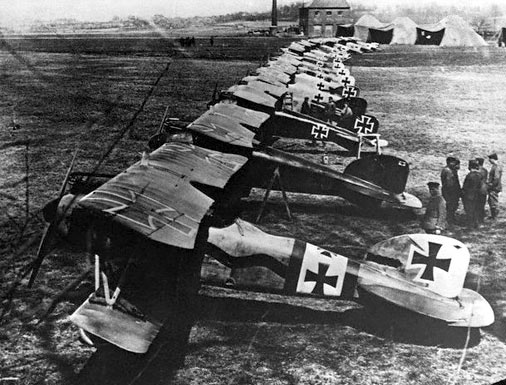
Between the Wars
In the two decades between the world wars, governments around the world invested heavily in improving fighter aircraft. Air forces emerged from being branches of the army or navy to becoming entities in their own right.
The most visible change was the shift from biplanes to monoplanes. During WWI, monoplane technology had not advanced enough for combat flying. Planes with only one pair of wings were slower to ascend and less stable than their multi-winged cousins. By WWII, monoplanes were the standard.
As with so many military advancements between the wars, the German Luftwaffe were among the great innovators. The terms of the Versailles Treaty meant they did much of their work in secret. They created powerful planes and incorporated them into the tactics of Blitzkrieg, a new form of war based on shocking the enemy into submission.
Especially important for pilots, parachute technology improved. Parachutes were light enough and reliable enough to be worn in fighter planes, providing an escape from damaged aircraft.
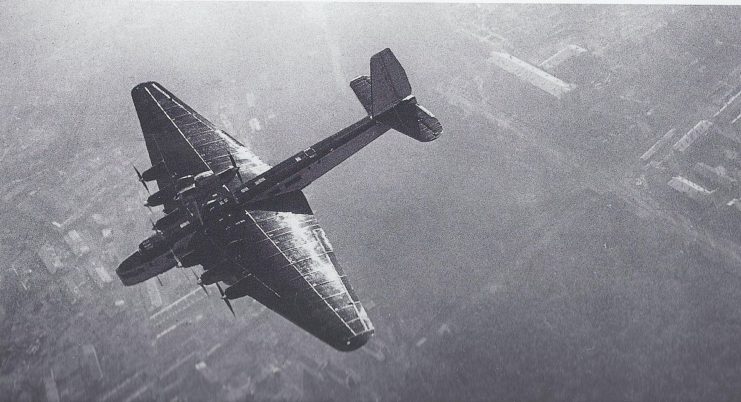
WWII
During WWII, the fighters that had been developed over the previous two decades were tested in the heat of combat. Their focus had shifted from targeting spotter planes and scouts to defending against bombers. They also strafed troops on the ground, just as they had done before.
The war produced one of the most famous aerial campaigns in history. During the summer and fall of 1940, Royal Air Force pilots flew several times a day to fend off German bombers in the Battle of Britain. By the end, the Allied flyers were exhausted, but they won. Due in part to the superior technology of the British Spitfire, they saved Britain.
Aircraft carriers became a vital part of the war at sea, with fighters defending large ships in the Pacific. In battles such as at Guadalcanal, they were transferred to captured or hastily assembled airfields, to protect ground troops as part of the island-hopping advance on Japan.
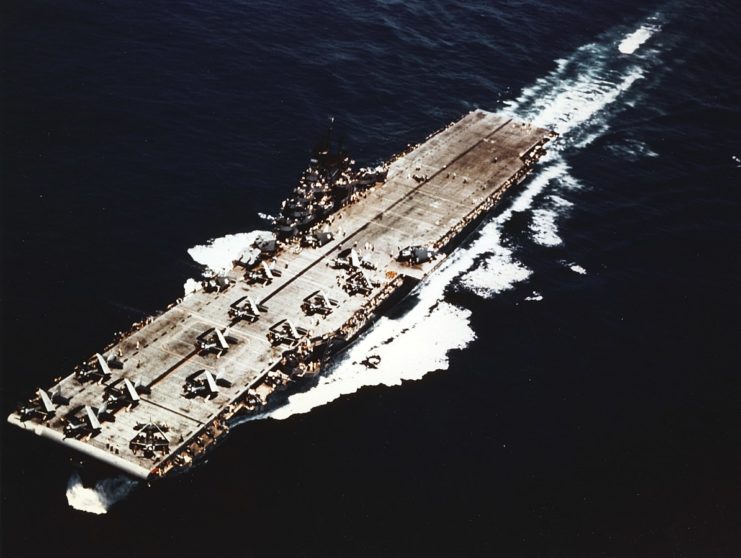
The Rise of the Jet Fighter
By the end of WWII, both sides had fielded jet fighters. In the post-war years, they came into their own. Jet engines allowed planes to fly higher and faster than ever before.
In response to the changes, engineers improved their understanding of aerodynamics. The shape of planes changed as their wings became more swept back. Heavier weapons were fitted to hit sturdier aircraft. Many other countries copied the German Mauser MG-213 cannon. Unguided air-to-air missiles with high-explosive warheads appeared.
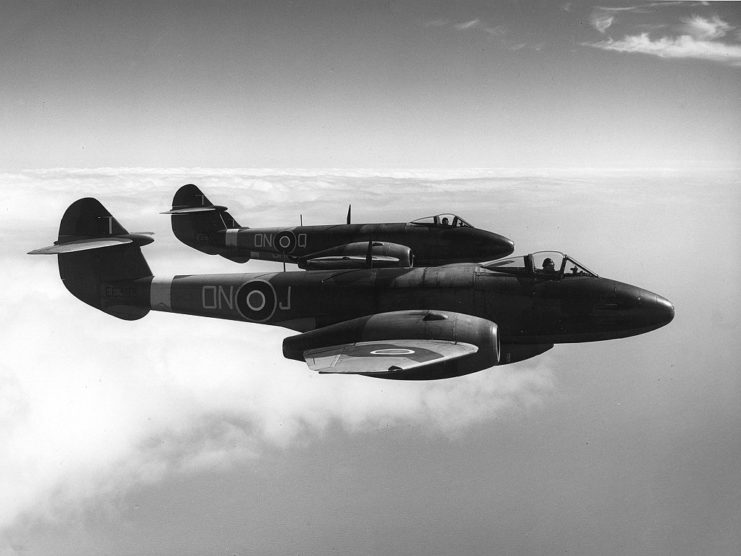
1950s-1970s: Refining Jet Fights
The 1950s opened with the first war to feature jet versus jet combat – the Korean War. United Nations troops entered Korea with a technological edge, flying jets against older planes. The Chinese began flying Russian-made MiGs in support of the Communist North Korea. On November 8, 1950, a jet shot down another jet for the first time.
From the 1950s to the 1970s jet engineers developed many of the features that are now essential to fighter combat. Air-to-air missiles became the standard weapon of aerial combat. Infrared and radar targeting allowed them to hit each other even in the chaos of high-speed combat. Reliable in-flight refueling enabled longer runs.
Technological imbalances shaped warfare throughout the era. When India and Pakistan were fighting in the skies in 1965, superior Indian planes were shot down by better Pakistani weaponry. In Vietnam, American planes proved superior at long range, while agile MiGs gave their opponents an edge up-close. In the Middle East, modern fighter jets were among the tools that helped Israel to defeat large enemy forces soundly.
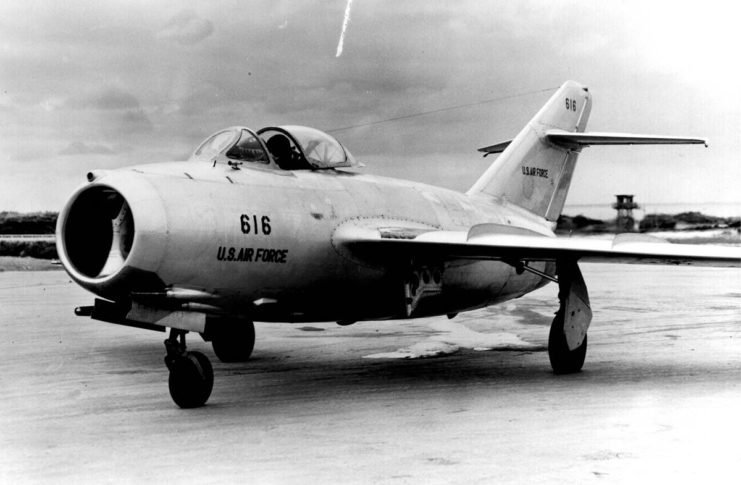
The 1980s Onwards: The Tech Race
Advances in technology have seen jet fighters continue to evolve in recent decades.
Computing technology has led to more sophisticated targeting and control systems. It has also created challenges for designers as they try to find ways for pilots to take in an enormous amount of information in a fast-paced environment. Both missiles and ways of evading them have improved. Stealth technology has led to planes that can more readily avoid detection.
The result has been even more dramatic technological imbalances. During the Gulf Wars, American and allied planes dominated the skies over Iraq. In the former Yugoslavia, UN forces created no-fly zones for the Serbian air force.
From its first tentative flight over Flanders to the domination of the air in the Middle East, the fighter plane has come a long way.
Sources:
Nigel Cawthorne (2004), Turning the Tide: Decisive Battles of the Second World War
Charles Rivers Editors (2014), The Red Baron: The Life and Legacy of Manfred Von Richthofen
Francis Crosby (2010), The Complete Guide to Fighters & Bombers of the World
